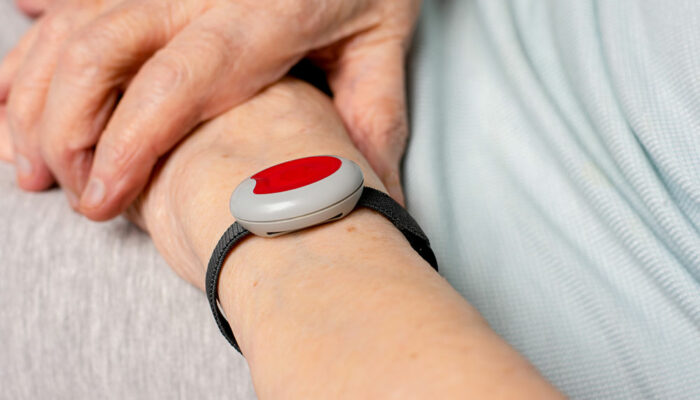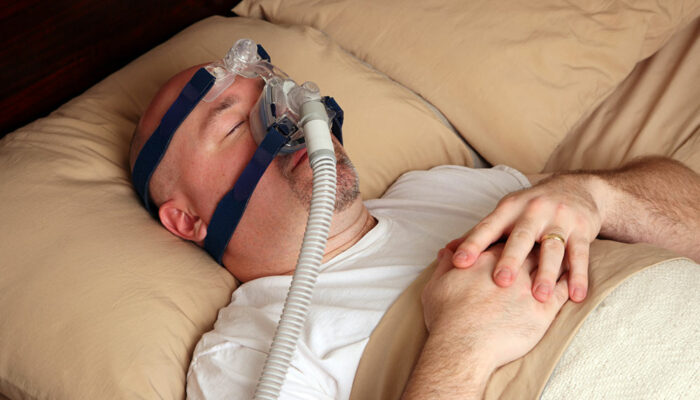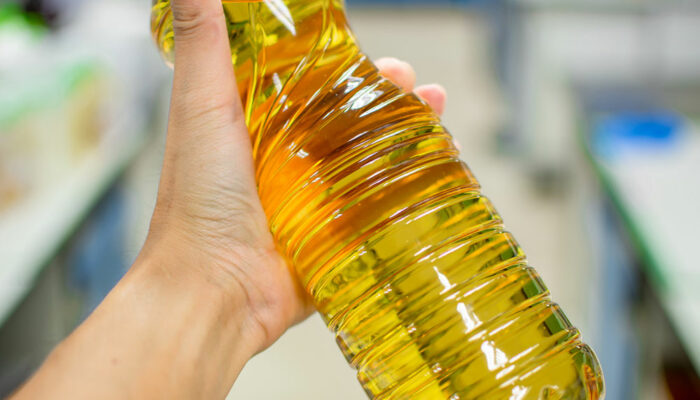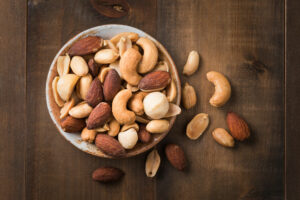
8 common senior care mistakes to avoid
As individuals age, they may require additional care and support in their daily lives, including getting to doctor appointments, running errands, and cooking meals. In such cases, family members may take on the responsibility of providing the necessary care for their elders when required. However, if one is new to senior care, one may make a few mistakes when handling the needs of an elder. Here are 8 mistakes one should avoid when caring for seniors. Assuming one can do it all One of the most common caregiving mistakes family members make is assuming they can do it all. However, it is important to note that caring for seniors involves various responsibilities, such as preparing meals, scheduling healthcare appointments, ensuring timely prescriptions, and maintaining good hygiene. This might also be a 24-hour schedule, which might be difficult for family members to handle by themselves. One should speak to the senior members and understand their needs. For instance, some seniors might want to do some daily tasks by themselves and leave the rest to a professional caregiver. It is always a good idea to outsource senior care, especially if family members have other responsibilities, such as work. Lack of rest When providing care to seniors, one must ensure that one gets ample rest.
Read More 











